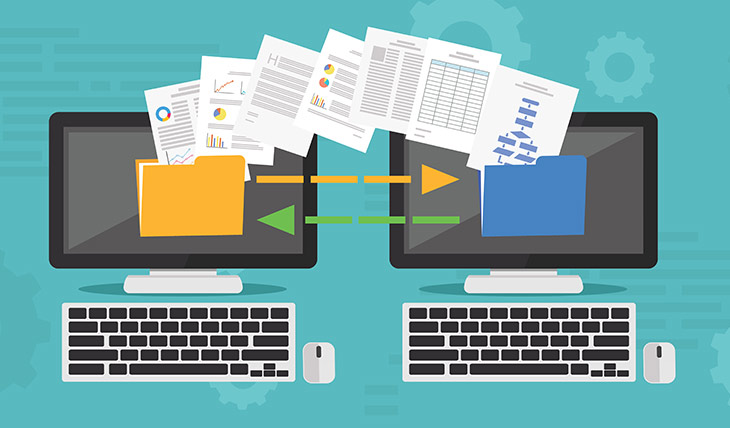Part 3: Using Technology to Coordinate NEMT and Transit Services

Welcome to part 3 in our series Using Technology to Coordinate NEMT and Transit Services. Check out Part 1 and Part 2, if you haven’t already.
The TCRP researchers spoke with NEMT and Transit stakeholders and found all were united in their desire to achieve three common outcomes: improve people’s health, provide better quality service and maximize services delivered within available resources.
Let’s look at two of the 14 strategies the report recommended and examine how technology can streamline program administration and complex billing calculations – fulfilling the common outcomes of improving services and maximizing resources.
Download the Research Documents
- In this blog post, we’ve condensed some of the main findings from the recent Transit Cooperative Research Program (TCRP) Research Report 202: Handbook for Examining the Effects of Non-Emergency Medical Transportation Brokerages on Transportation Coordination.
- A companion document was also released, where for the first time researchers surveyed all 50 states to gather statistics about the approach to NEMT in each state.
TCRP Recommended Strategies
Use technology to enhance NEMT program administration and verify medical trips (strategy 7)
Medicaid funding comes with some very rigid strings attached and requires specific reporting about the transportation services offered. Providers must verify that the passenger is eligible to receive a Medicaid service and transportation on the date and time of transportation.
With technology available today, all of these puzzle pieces can be tracked and reported in real-time. TripSpark’s NovusMED can verify the requesting NEMT service is eligible, then assign the trip to a transportation provider qualified to offer the appropriate level of service at the lowest cost. The date, time and location of each trip is documented, tracked and reported against performance metrics. Riders can schedule return trips with one call or click and access real-time information about their travel arrangements.
Negotiate operations practices and reimbursement rates for transportation providers to recover equitable costs of delivering NEMT service (strategy 13)
Public transit agencies and NEMT brokers motivated by a mutual business opportunity can negotiate a cost-sharing policy for door-to-door trips. Typically, a public transit agency will look to cover the fully allocated cost of a NEMT trip, while Medicaid expects to only pay the cost of the “fare”. Having a robust NEMT transportation software solution that allows you to track variable costs like driver wages, fuel and mileage helps accurately calculate actual costs per trip. Understanding actual costs help each agency negotiate an equitable rate for NEMT trips. NovusMED can also do the complicated calculations of determining each rider’s portion of costs for a shared ride.
Importance of Open Data Exchange
Sharing data between Transit and NEMT about trips and clients makes for greater efficiencies, and will ultimately save everyone time and money. As common technologies and interfaces improve, cross-industry communication will be more efficient.
Ways MCOs, Providers and Brokers Can Exchange Data
- File-based data exchanges – This is the cheapest and quickest way for organizations to exchange data, as no software development is required. Examples typically include eligibility data, member data or trip imports/exports.
- Web portal – A way for brokers to give providers access to trip data. Providers can log into a website to accept or decline trips, bid on unassigned trips, export data for another software system, manage trip completion data and payment processes.
- Application Program Interface (API) – An API is a small piece of code that allows different software programs to communicate with each other and share information. NEMT APIs are very new, and only used by a few companies as they must be custom-coded. As more brokers and software vendors get on board, industry-wide standards will emerge and APIs will become more cost effective to use (think Google’s General Transit Feed Specification (GTFS) for public transit data).
Conclusion
Throughout this three part series (if you missed it, check out Part 1 and Part 2), we’ve examined how technology can act as a reference point for negotiations, increase inter-organization communication, save costs and improve customer service. As both the Transit and NEMT industries continue to evolve, technology has a large part to play in coordinating services and improving people’s transportation experiences.
